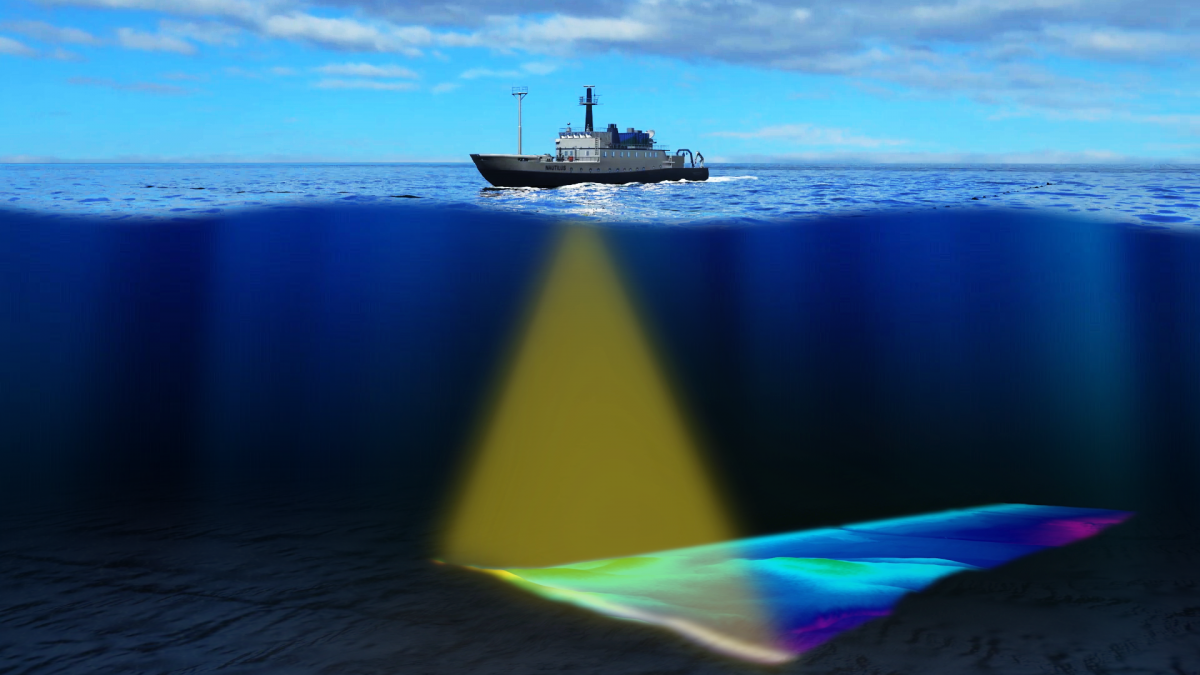ANSI/ASA S3.29 Underwater Acoustic Noise Floor Testing
The ANSI/ASA S3.29 standard specifies procedures and criteria for the measurement of the noise floor in underwater acoustic environments. This standard is crucial for ensuring that sonar systems, underwater communication devices, and other equipment operate effectively within their intended operational parameters.
The noise floor, or background noise, can significantly impact the performance of underwater acoustics and sonar systems by masking signals and reducing detection capabilities. Accurate measurement and characterization of this noise floor are essential for compliance with international standards and for maintaining system reliability in marine environments.
The testing process involves several key steps: initial environmental assessment, equipment calibration, noise floor measurement, and data analysis. The ANSI/ASA S3.29 standard provides detailed guidelines for each step to ensure consistency and accuracy across different laboratories and test facilities.
Equipment used in this testing includes specialized hydrophones, calibrated sound level meters, and software tools designed to analyze underwater acoustic signals. Specimen preparation typically involves deploying the equipment in a controlled underwater environment, which can be achieved using a variety of methods depending on the specific requirements of the test.
Data analysis is performed using statistical methods outlined in the standard to determine the noise floor level with high precision. The results are then reported according to the guidelines provided by ANSI/ASA S3.29, ensuring that all parties involved have a clear understanding of the performance capabilities and limitations of the tested equipment.
The significance of this test extends beyond mere compliance; it plays a critical role in optimizing system design, improving detection accuracy, and enhancing overall operational efficiency. By adhering to ANSI/ASA S3.29, organizations can ensure that their underwater acoustic systems meet stringent performance standards, thereby reducing the risk of costly failures or inefficiencies.
| Use Case | Description |
|---|---|
| Military Sonar Systems | Detection of underwater targets and communication in hostile environments. |
| Underwater Communication Devices | Ensuring clear transmission of data over long distances in marine environments. |
| Oceanographic Research Equipment | Monitoring and analyzing the acoustic environment for scientific research. |
| Marine Construction Projects | Evaluating noise levels to minimize environmental impact on marine life. |
Why Choose This Test
- Ensures compliance with international standards for underwater acoustic systems.
- Improves system performance and reliability in challenging marine environments.
- Promotes accurate detection capabilities, crucial for military and civilian applications alike.
- Facilitates optimization of equipment design to meet specific operational requirements.
The ANSI/ASA S3.29 test is essential for organizations involved in the development, manufacturing, and deployment of underwater acoustic devices. By choosing this test, you ensure that your products meet rigorous performance criteria, enhancing their marketability and competitiveness.
Customer Impact and Satisfaction
- Increased confidence in product reliability and performance.
- Enhanced reputation for quality among customers and industry peers.
- Reduced risk of operational failures leading to costly downtime or repairs.
- Better alignment with regulatory requirements, reducing compliance costs.
By undergoing ANSI/ASA S3.29 testing, organizations demonstrate a commitment to excellence in their products and services. This not only enhances customer satisfaction but also fosters long-term relationships and loyalty.





